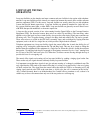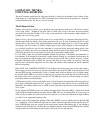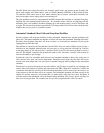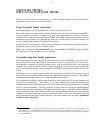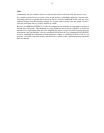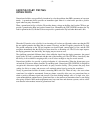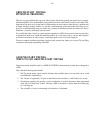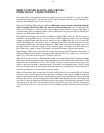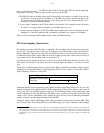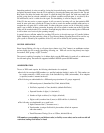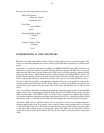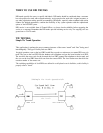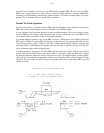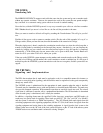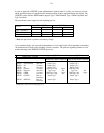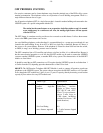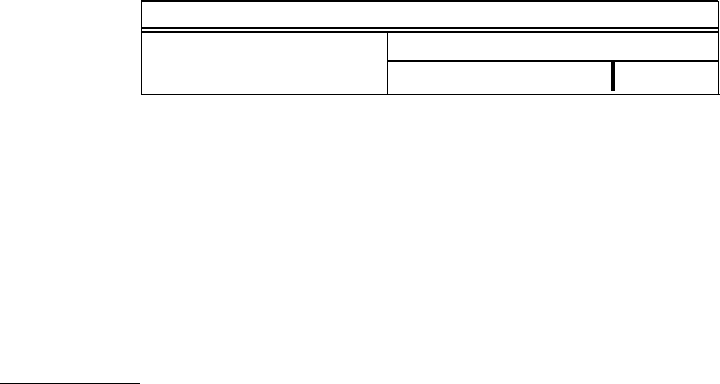
-12-
Once a trunk has been seized --
the PBX has been alerted to the incoming DID call, and the addressing
information has been sent -- there are three possible responses from the PBX.
a. The PBX will return an audible ringing signal if the desired voice terminal is available, if the call can
be routed to a coverage position or attendant, or if the PBX can provide a recorded message (it will
still ring first before providing the message). The calling party will not be charged unless the call is
answered by a person or recorded message.
b. A busy signal is returned to the CO if the desired voice terminal is not available and the call cannot
be routed to a coverage position or attendant, or if all DID trunks are in use.
c. A reorder signal is returned to the CO if the PBX cannot complete the call due to inadequate or faulty
equipment, or if the PBX determines that the addressing information was incorrect or incomplete.
Calls to valid, but unassigned DID numbers, maybe routed to the PBX attendant.
DID Trunk Signaling Characteristics
The signaling associated with DID trunks is simplified a bit since DID trunks provide one-way incoming
service only. The generic name for the type of signaling used by DID trunks is called Loop Reverse-
Battery Signaling. The CO uses loop open (on-hook) and loop closed (off-hook) pulse signals to
communicate with the PBX, and the PBX uses reversals of battery and ground, which reverses the flow of
loop current on the Tip and Ring leads, to signal the CO.
The network controls whether current flows or doesn’t flow, and the CPE detects the pulses of current.
4
The
CPE controls the direction of the current flow, and the network detects the changes, or reversals, of current
flow.
There are two different approaches to Loop Reverse-Battery Signaling: Immediate Address Signal
Outpulsing and Controlled Address Signal Outpulsing. There are two varieties of Controlled Address
Signal Outpulsing: Wink-start or Delay-dial.
Types of Loop Reverse-Battery Signaling
Immediate Address Signal
Controlled Address Signal OutPulsing
Outpulsing
Delay-dial
Wink-start
Immediate Address Signal Outpulsing is the simplest method of providing DID service. It is the only
method used by the least sophisticated COs (DID-capable Step-by-Step Central Offices), and it may be
used by any CO if the available equipment requires it. With Immediate Address Signal Outpulsing, when
the CO must route an incoming DID call to the PBX it seizes a trunk by closing the loop and allowing
current to flow. Then it immediately begins sending the pulses that carry the call addressing information
without waiting for an acknowledgement signal from the PBX.
Controlled Address Signal OutPulsing provides better coordination between the CO and the PBX. When
the CO must route an incoming DID call to the PBX using one of the Controlled Address Signal
4.
Notice that this is similar to the way that an analog voice terminal signals the PBX. When the voice terminal is on-hook (hung up)
no current flows and the station line is idle. When the voice terminal goes off-hook the switchhook doses the loop formed by the
Tip and Ring leads, current flows and the PBX prepares to accept a string of digits to dial for an external (or internal) call
destination. In the case of DID, the network closes the loop and the PBX prepares to accept a suing of digits for an internal call
destination.



